

Teak clones
Teak clones ready for planting. New genetic technology allows for faster growth and larger-sized trees.
Plantations
New plantations using clones.These have been planted in the final harvest area of the first projects that started in 1996
Thinning Logs
Using a Woodmeizer saw to block thinning logs.

Batipa Forestal
The reforestation project was established in the circumferential area of Batipa Hill, down to the coast at 200 meters above sea level. From that elevation, a wildlife reserve was created, connecting to the mangroves through a network of biological corridors that allow the free movement of wildlife between both forests. The initial work involved establishing nurseries from seeds obtained, with the permission of Mr. Victor Méndez on his farm with 40-50-year-old teak trees, from which trees with the best conformation were selected. Subsequently, a planting plan of approximately 100 hectares per year was established, with the goal of completing the project by 2008. This plan included the construction of roads for plantation delineation and management, the demarcation of the plantations in relation to the wildlife reserve, and fire protection measures.
History
The tax incentives provided by Law 24 of 1992 motivated our companies to undertake a reforestation project. After a search process in different provinces to select the most suitable property for this purpose, a two-thousand-hectare piece of mainland surrounded by an equal amount of mangroves was chosen. This property, located in the southern part of the Chiriquí province, 25 kilometers from the city of David, takes the shape of a peninsula bordered to the north by Gallina Hill, to the south by Muertos Bay, to the east by the Horconcitos estuary, and to the west by the Chorcha River estuary.
History
The tax incentives provided by Law 24 of 1992 motivated our companies to undertake a reforestation project. After a search process in different provinces to select the most suitable property for this purpose, a two-thousand-hectare piece of mainland surrounded by an equal amount of mangroves was chosen. This property, located in the southern part of the Chiriquí province, 25 kilometers from the city of David, takes the shape of a peninsula bordered to the north by Gallina Hill, to the south by Muertos Bay, to the east by the Horconcitos estuary, and to the west by the Chorcha River estuary.
Hectares of teak
Hectares for the livestock project
Hectares of wildlife reserve
Hectares of wildlife reserve
Hectares of teak
Hectares for the livestock project
Reforestation Project
El proyecto de reforestación fue establecido en el área de circunvalación del cerro de Batipa, hasta la cota de 200 metros sobre el nivel del mar. A partir de esa cota se constituyó una reserva de vida silvestre que se conecta a los manglares mediante una red de corredores biológicos que permiten la libre movilidad de la vida silvestre entre ambos bosques. El primer trabajo consistió en establecer los viveros a partir de semillas obtenidas, con el permiso de don Victor Méndez en su finca con árboles de teca de 40-50 años de edad, en la cual fueron seleccionados los árboles con la mejor conformación. A partir de esto, fue establecido un plan de siembra de unas 100 hectáreas por año, hasta completar el proyecto en 2008, incluyendo la construcción de caminos para la delimitación y manejo de las plantaciones, el deslinde de las mismas respecto a la reserva de vida silvestre, y la protección en caso de fuego.
Reforestation Project
El proyecto de reforestación fue establecido en el área de circunvalación del cerro de Batipa, hasta la cota de 200 metros sobre el nivel del mar. A partir de esa cota se constituyó una reserva de vida silvestre que se conecta a los manglares mediante una red de corredores biológicos que permiten la libre movilidad de la vida silvestre entre ambos bosques. El primer trabajo consistió en establecer los viveros a partir de semillas obtenidas, con el permiso de don Victor Méndez en su finca con árboles de teca de 40-50 años de edad, en la cual fueron seleccionados los árboles con la mejor conformación. A partir de esto, fue establecido un plan de siembra de unas 100 hectáreas por año, hasta completar el proyecto en 2008, incluyendo la construcción de caminos para la delimitación y manejo de las plantaciones, el deslinde de las mismas respecto a la reserva de vida silvestre, y la protección en caso de fuego.
Batipa forestal
Galeria




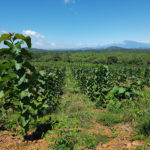
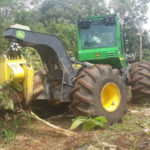
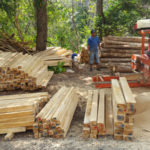
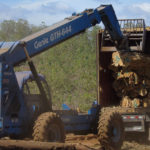
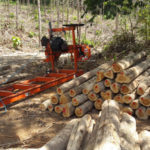




Contact Us
Contact Us
Gmail
lrios@batipa.com+
Telephones
(+507) 720-9091 ó (+507) 6613-5664
Address
Corporation Batipa Building. Inter-American Highway, Coquito, next to Fertica. Chiriquí, Republic of Panama.
